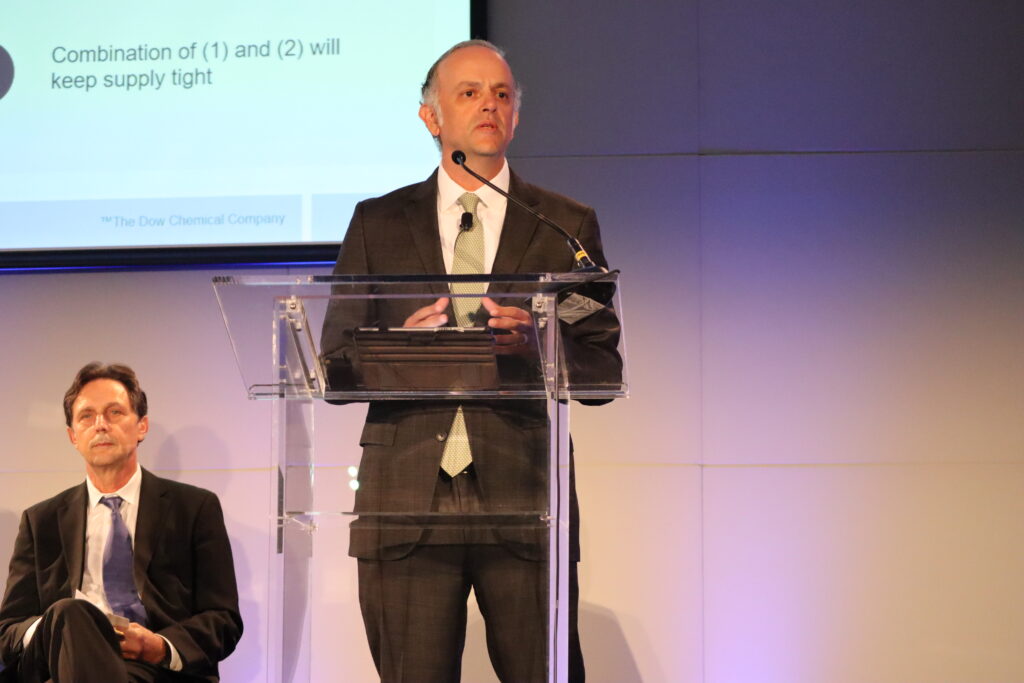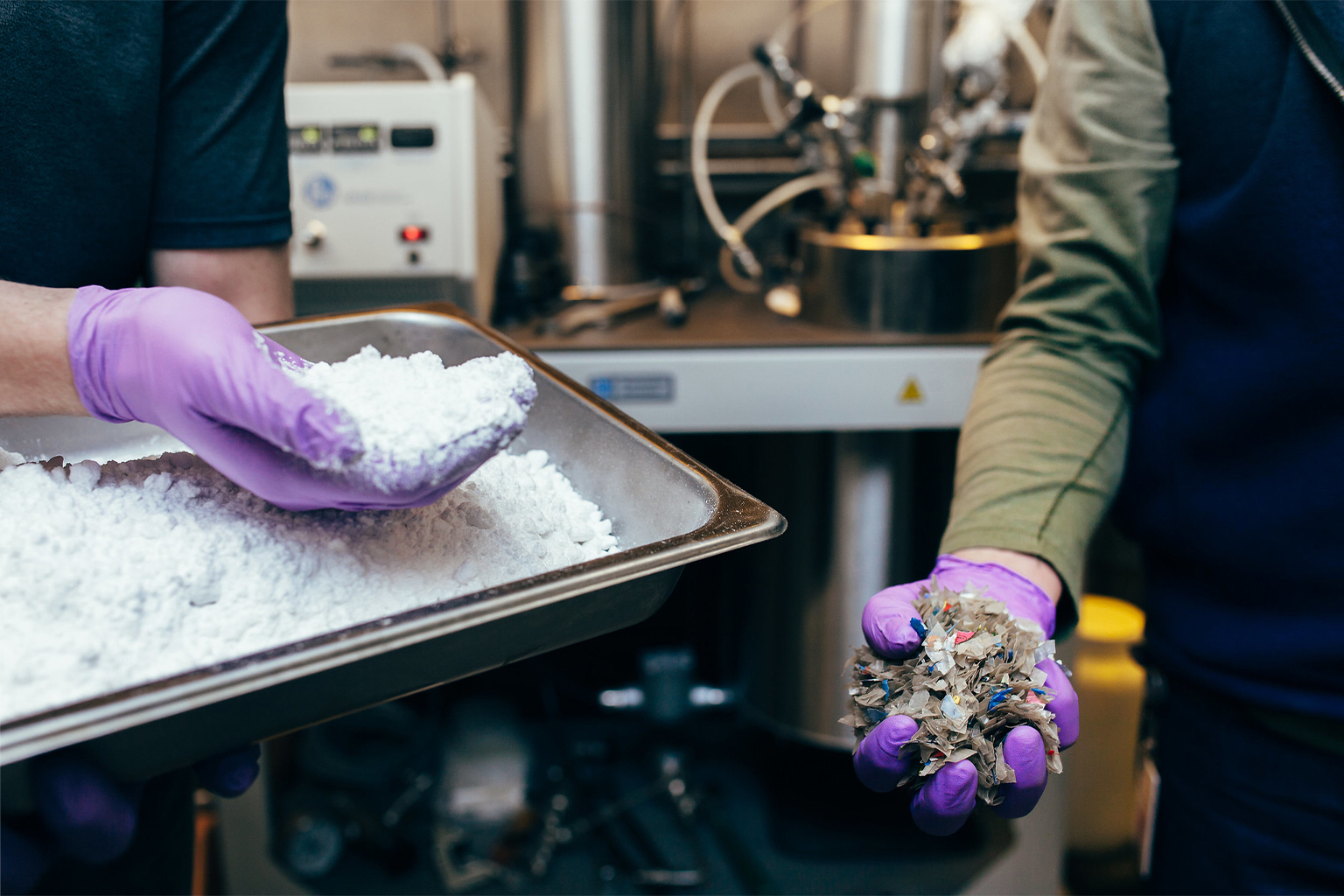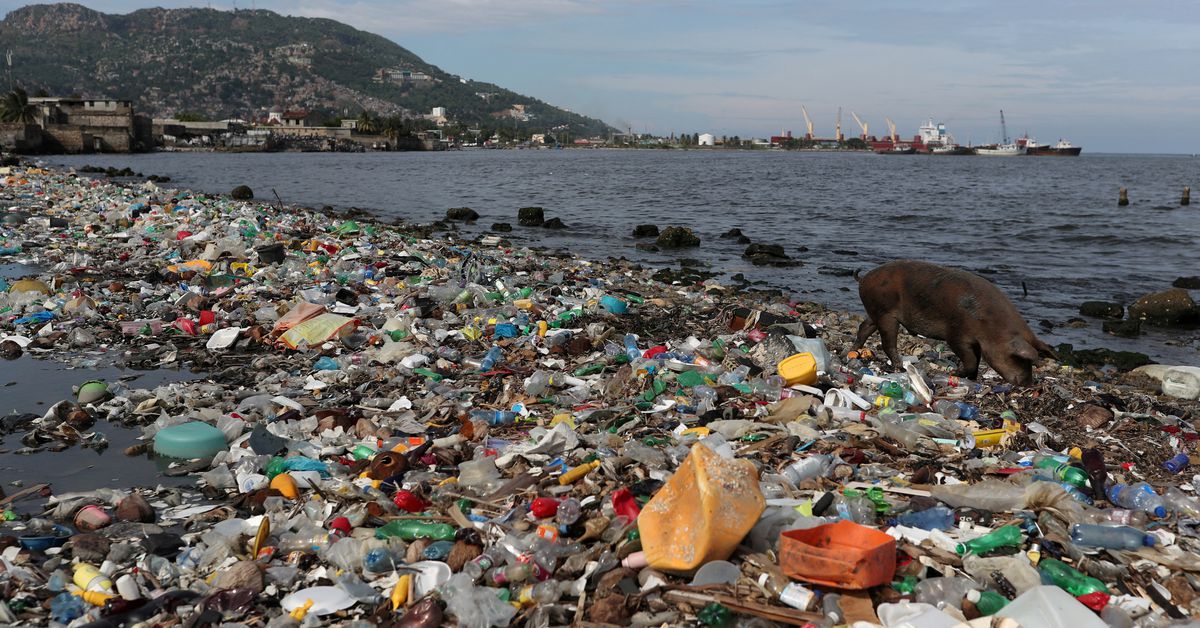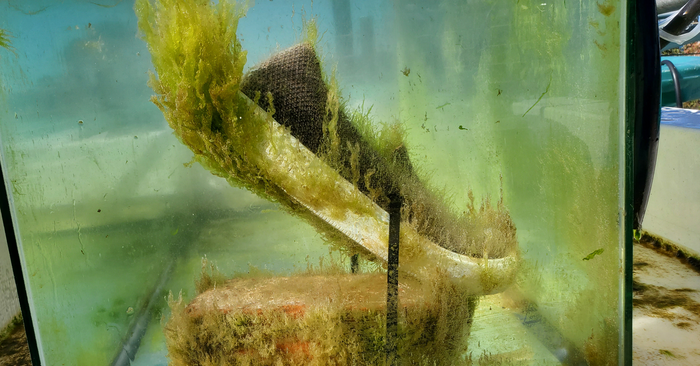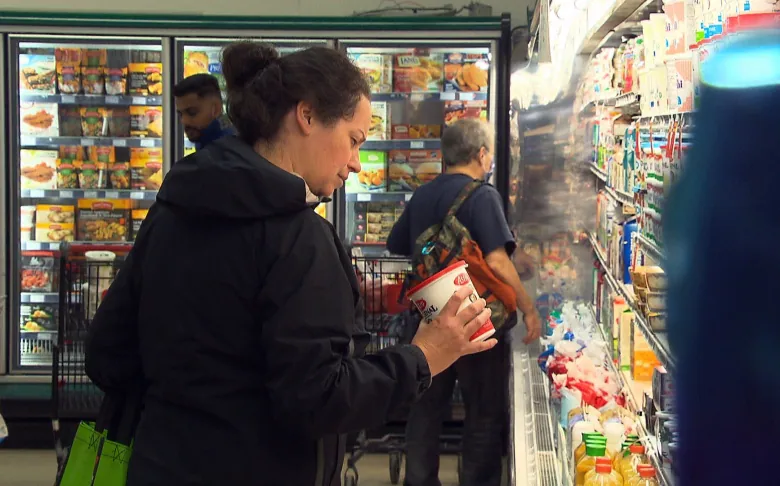St. James Parish, located on a stretch of the Mississippi River between Baton Rouge and New Orleans dubbed “Cancer Alley” due to the high concentration of petrochemical plants, is home to the country’s largest producer of polystyrene — the foam commonly found in soft drink and takeout containers. Now, the owner of that plant wants to build a new facility in the same area that would break down used foam cups and containers into raw materials that can be turned into other kinds of plastic. While there’s limited data on what kinds of emissions this type of facility creates, environmental advocates are concerned that the new plant could represent a new source of carcinogens like dioxin and benzene in the already polluted area.The proposed plant comes as the U.S. federal and state governments and private companies pour billions into “chemical recycling” research, which is touted as a potential solution to anemic plastics recycling rates. Proponents say that, despite mounting restrictions on single-use packaging, plastics aren’t going away anytime soon, and that chemical recycling is needed to keep growing amounts of plastic waste out of landfills and oceans. But questions abound about whether the plants are economically viable — and how chemical recycling contributes to local air pollution, perpetuating a history of environmental injustices and climate change. Skeptics argue that chemical recycling is an unproven technology that amounts to little more than the latest PR effort from the plastics industry. The Environmental Protection Agency is deciding whether or not to continue regulating the plants as incinerators, with some lawmakers expressing concerns last month about toxic emissions from these facilities. “They’re going to be managing toxic chemicals…and they’re going to be putting our communities at risk for either air pollution or something worse,” Jane Patton, a Baton Rouge native and manager of the Center for International Environmental Law’s plastics and petrochemicals campaign, told EHN of the proposed new plant in Louisiana.The air of St. James Parish, where the new plant will be located, has among the highest pollution levels along the Mississippi River corridor dubbed “Cancer Alley.” A joint investigation in 2019 by ProPublica, The Times-Picayune and The Advocate found that most of the new petrochemical facilities in the parish –including the recycling plant– will be located near the mostly Black 5th District.
What is chemical recycling?
In the U.S., less than 10% of plastics are actually recycled. Credit: Hans from PixabayWhen most of us picture recycling, we picture what industry insiders call “mechanical recycling:” plastics are sorted, cleaned, crushed or shredded and then melted to be made into new goods.In the U.S., though, less than 10% of plastics are actually recycled due to challenges ranging from contamination to variability in plastic types and coloring. “No flexible plastic packaging can be recycled with mechanical recycling — the only real plastic that can be recycled are number one and number two water bottles and milk jugs,” George Huber, an engineering professor at the University of Wisconsin and head of the multi-university research center for Chemical Upcycling of Waste Plastics, told EHN.Enter chemical recycling –– processes that use high heat, chemicals, or both to break used plastic goods down into their chemical building blocks to, in theory, make more plastics. Proponents say that chemical recycling can complement more traditional recycling by handling mixed and harder-to-recycle plastics. “An advantage of advanced recycling is that it can take more of the 90% of plastics that aren’t recycled today, including the hard-to-recycle films, pouches and other mixed plastics, and remake them into virgin-quality new plastics approved for medical and food contact applications,” Joshua Baca, vice president of the plastics division at the American Chemistry Council, told EHN.
A long and winding history
The technology has actually been around for decades, with an initial wave of plants built in the 1990s, but it didn’t take off then because of operational and economic challenges. Huber said some factors have changed, like a significant increase in plastic use and China’s refusal to accept other countries’ waste, that make chemical recycling more viable this time around.Yet a 2021 Reuters investigation found that commercial viability remains a major challenge for chemical recyclers due to difficulties like contamination of the incoming plastic, high energy costs, and the need to further clean the outputs before they can become plastic. “It’s one thing in theory to design something on paper — it’s a whole huge challenge to build a plant, get it operational, get the permits and for it to perform like you think it would,” Huber said.Tracking down just how many chemical recycling plants operate today in the U.S. is tricky — and depends in part on what one counts as “recycling.”
Potential climate impacts
Most of the plants in the U.S. are pyrolysis facilities, which use huge amounts of energy to heat plastics up enough to break their chemical bonds, raising concerns about their climate impacts if that energy comes from burning fossil fuels. An analysis from Closed Loop Partners found that, depending on the technology, carbon emissions from chemical recycling ranged from 22% higher to 45% lower than virgin plastics production. “It’s a very promising technology to tackle the problem of (plastic) waste, but if you don’t concurrently tackle the challenge of where the energy is coming from, there’s a problem,” Rebecca Furlong, a chemistry PhD candidate at the University of Bath who has conducted life cycle assessments of plastics recycling technologies, told EHN. A life cycle assessment study prepared for a British chemical recycling company found that chemical recycling has a significantly lower climate impact than waste-to-energy incineration — but produced almost four times as many greenhouse gas emissions as landfilling the plastic. The American Chemistry Council, or ACC, says that there are at least seven plants in the U.S. doing plastics-to-plastics recycling, although many of those facilities also turn plastics into industrial fuel. For example, according to records reviewed by the Global Alliance for Incinerator Alternatives, or GAIA, in 2018 a facility located in Oregon and owned by one of the companies planning to build the Louisiana plant, converted 216.82 pounds of polystyrene into the plastics building block styrene, sending roughly the same amount to be burned at a cement kiln.The ACC, European Union regulators and Furlong and her advisor, Matthew Davidson, say plastics to fuel shouldn’t count as recycling. “Clearly digging oil out of the ground, using it as a plastic, and then burning it is not hugely different from digging it out of the ground and burning it,” Davidson, director of the Centre for Sustainable and Circular Technologies at the University of Bath, told EHN.
Unknowns about environmental health impacts
Depending on the type of plastic waste the facilities are processing, the plants can generate hazardous compounds.Depending on the type of plastic waste the facilities are processing, the plants can generate hazardous compounds. Credit: Frauke Feind from Pixabay
Chemical recycling saw a boost under the Trump administration, including a formal partnership between the federal Department of Energy and the American Chemistry Council, which lobbies on behalf of the plastics industry, to scale up chemical recycling technologies.
There’s limited information, however, on the environmental health impacts of chemical recycling plants. Furlong said she had not included hazardous waste generation in her life cycle assessments because of a lack of data. Tangri said there have been few studies outside the lab, in part because there are relatively few chemical recycling plants out there. Additionally, the ones that do exist are either too small to meet the EPA’s pollution reporting threshold, or are housed within a larger petrochemical complex and so don’t separately report out their air pollution emissions.
Earlier this year, the Natural Resources Defense Council released a report looking at eight facilities in the U.S. The environmental group found that one facility in Oregon sent around half a million pounds of hazardous waste, including benzene and lead, to incinerators in Washington, Colorado, Missouri and three other states. Hazardous waste incinerators can release toxic air pollution to nearby communities. Additionally, some hazardous waste incinerators in the U.S. have repeatedly violated air pollution standards and the EPA has recently raised serious concerns about a backlog of hazardous waste piling up due to limited incineration capacity.
The Oregon facility, which is supposed to break down polystyrene into styrene, also sent more than 100,000 pounds of styrene in 2020 to be burned in waste to energy plants rather than recycled back into new plastics, according to the Natural Resources Defense Council’s report.
Plastics contain a range of additives, like phthalates and bisphenols, that have serious health concerns. The European Chemicals Agency expressed concerns in a 2021 report about the extent to which chemical recycling could eliminate these chemicals, especially “legacy” additives like lead-stabilized PVC that the EU no longer allows, and prevent them from showing up in new plastic products.
The agency also cautioned that, depending on the type of plastic waste the facilities are processing, pyrolysis and gasification plants can generate hazardous compounds such as dioxins, volatile organic compounds and PCBs. Dioxins are considered “highly toxic” by the EPA as they can cause cancer, reproductive issues, immune system damage and other health issues. Volatile organic compounds can cause breathing difficulties and harm the nervous system; and some, like benzene, are also carcinogens. The agency noted that companies are required to take measures, like installing flue gas cleaning systems and pre-treatment of wastewater, to limit emissions.
Additionally, experts interviewed by the EU highlighted an overall lack of transparency about the kinds of chemicals used in some of the chemical recycling processes.
The American Chemistry Council, or ACC, says that emissions from most chemical recycling plants are too low to trigger Clean Air Act permits, citing a recent report from consultant Good Company and sponsored by the ACC that found that emissions from four plants in the U.S. were on par with those from a hospital and food manufacturing plant.
The trade group claims the plants are “designed to avoid dioxin formation with many interventions, the primary one being that the plastic material is heated in a closed, oxygen-deprived environment that is not combustion,” and that the facilities would be subject to violations or operating restrictions if dioxins were formed.
Policy debate
As the EPA decides what to do about chemical recycling plants, 20 states — including Louisiana, where the new plant could be built — have already passed laws that would regulate the facilities as manufacturers rather than solid waste facilities, according to the American Chemistry Council — a move that environmental advocates say could lead to less oversight and more pollution. “Whenever I see a big push for exemptions from environmental statutes, I get a little concerned,” Judith Enck, director of the anti-plastics advocacy group Beyond Plastics, told EHN.Advocates in Louisiana fear the new law will exempt the new facility from being regulated by the state Department of Environmental Quality, something the ACC says won’t happen. However, it is unclear in the text of the law which state agency will oversee its environmental impacts (the state Department of Environmental Quality didn’t respond to our question). In a recent letter to the EPA, U.S. Sen. Cory Booker, D-N.J., and more than 30 other lawmakers requested that the agency continue to regulate pyrolysis and gasification plants as incinerators. Additionally, they also urged the EPA to request more information from these facilities on their air pollution and climate impacts. “Communities located near these facilities need to know what chemicals they are being exposed to, and they need the full protection that Congress intended the Clean Air Act’s incinerator standards to provide,” wrote the lawmakers.The American Chemistry Council contends that chemical recycling plants take in plastics waste that is already sorted, and that regulating these facilities as solid waste facilities, with measures like odor and rodent controls, does not make sense. The ACC adds that, like other manufacturing facilities, chemical recycling plants would still be subject to air and water pollution and hazardous waste regulations.Tangri, from GAIA, said that the U.S. should also follow in the footsteps of the EU and not count plastics to fuel as chemical recycling. Overall, environmental advocates would prefer to see stronger measures taken to reduce plastic use and require that manufacturers take more responsibility for plastic packaging — a concept known as “extended producer responsibility.” Enck suggested that there be mandatory environmental standards for packaging similar to auto efficiency standards. “We really need to move to a refillable, reusable economy,” she said. “Do we need all these layers of packaging on a product? Do we need multi-material packaging?”From Your Site ArticlesRelated Articles Around the Web

